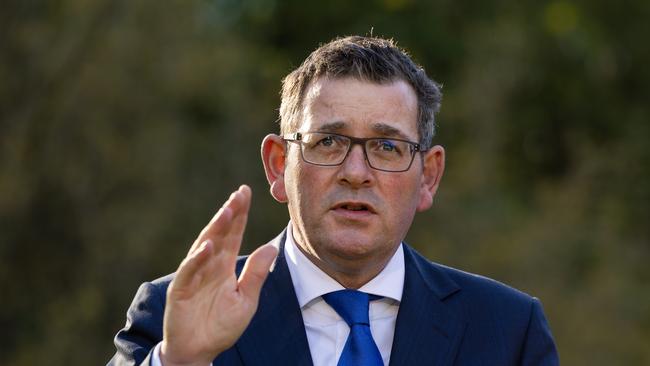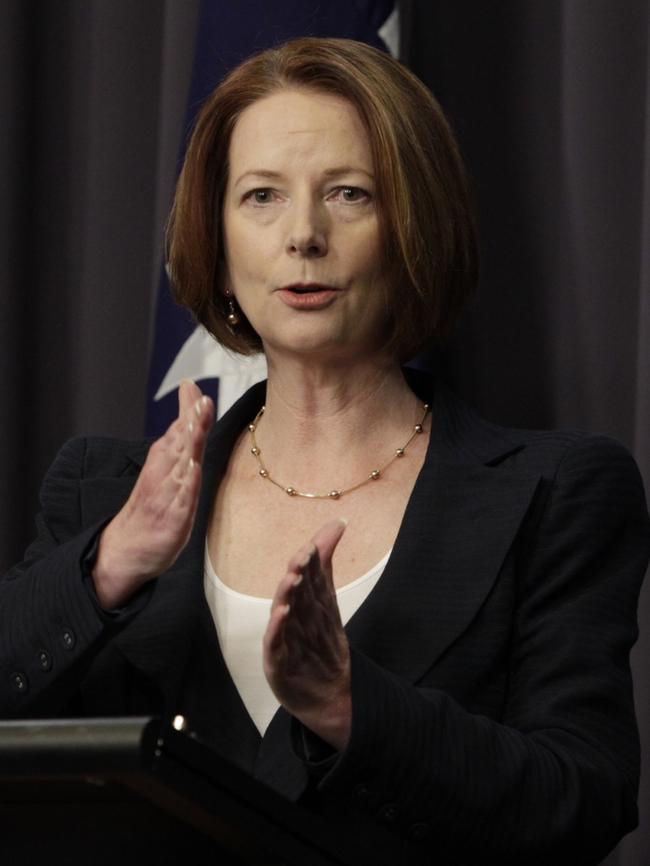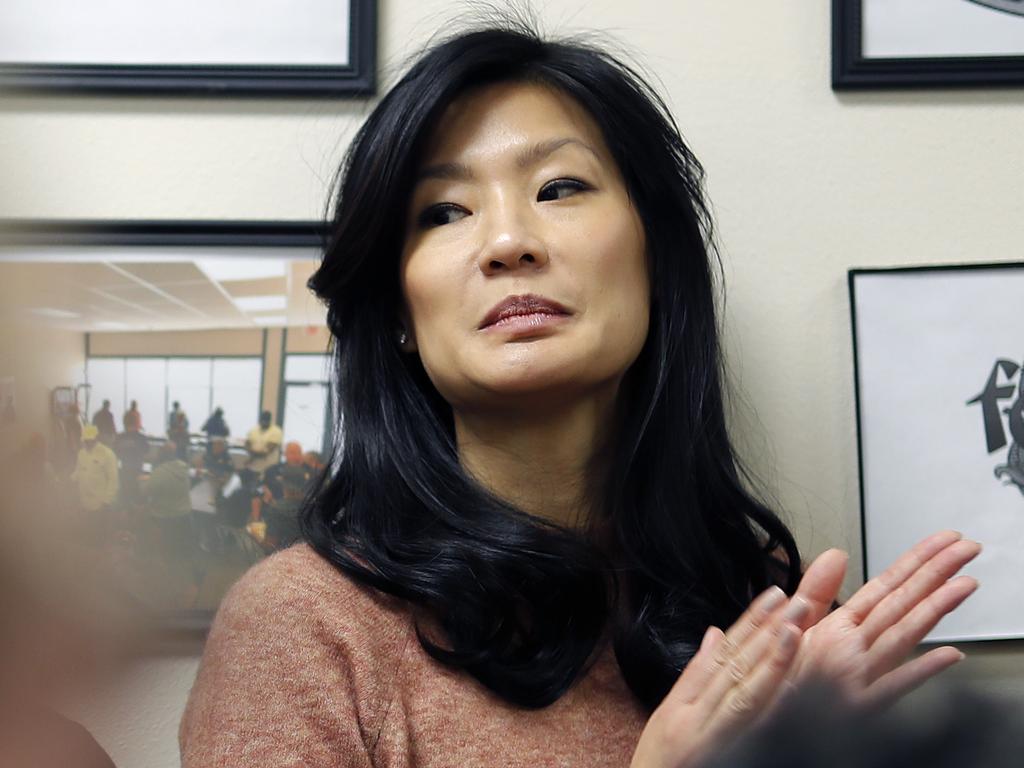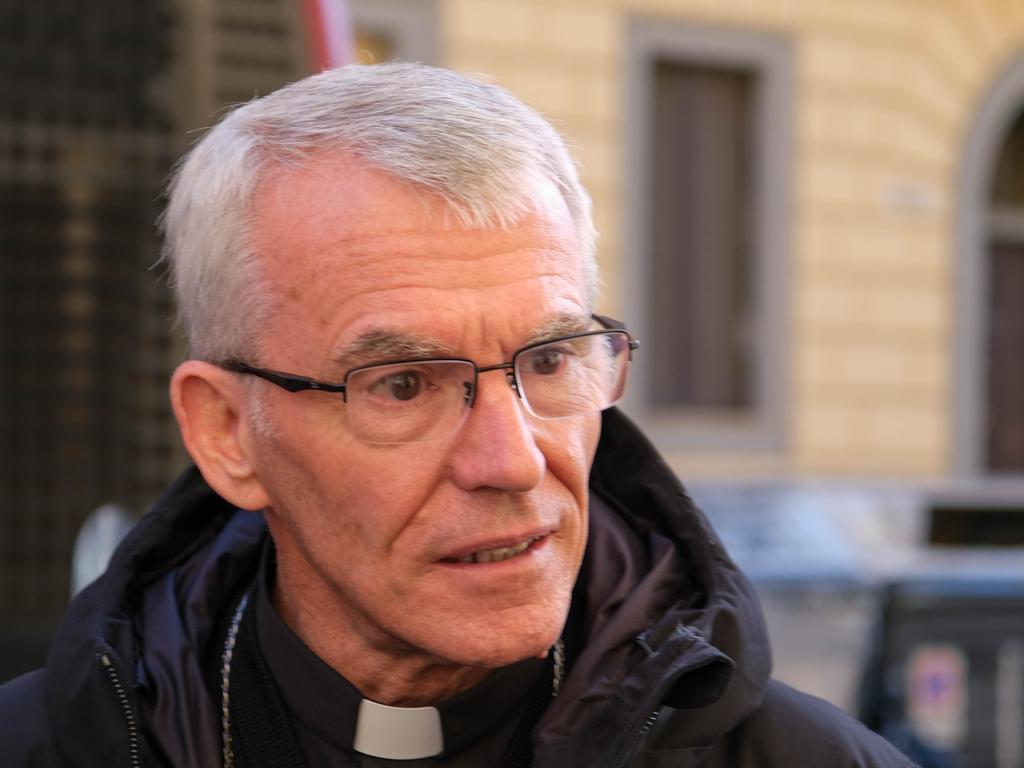Historic abuse in public schools ignored too long
Memo to the Victorian Premier: historic child sex abuse occurred in multiple public schools as well as Catholic schools.

A self-serving statement, to be sure. But what about the failure to provide information of any kind – which is a manifestation of what is called “cancel culture”? On this issue, Holman said nothing.
On June 28, Daniel Andrews, the Socialist Left Premier of the Victorian Labor government, issued a media release titled “Inquiry into historical abuse at Beaumaris Primary”. It advised that Victoria would establish a board of inquiry, chaired by Kathleen Foley SC, into historical child sexual abuse in the 1960s and ’70s at Beaumaris Primary and abuse by the same employees at other government schools.
The announcement was surprising in that the terms of reference are so narrow – applying to a few teachers only. Andrews explained the decision in the following terms: “Following the … Royal Commission into Institutional Responses to Child Sexual Abuse, victim-survivors of child sexual abuse in government schools – particularly at Beaumaris Primary School – have advocated for a forum to tell their stories.”
Andrews did not explain why Victoria has had to establish a commission of inquiry into areas within the remit of the high-profile royal commission, chaired by former NSW Supreme Court justice Peter McClellan KC, which ran between 2013 and 2017 and cost the taxpayer close to $350m.
The media’s focus on child sexual abuse in the lead-up to the decision by prime minister Julia Gillard to establish the McClellan royal commission had focused on institutions of the Catholic Church and, to a lesser extent, the Anglican Church. This became evident during the media conference held after Gillard’s announcement on November 12, 2012. A journalist asked if it “will look beyond the Catholic Church and to all institutions”. Gillard replied: “Absolutely correct. It’s institutional responses to instances and allegations of child abuse in Australia.”
But it was not to be. The royal commission all but ignored government schools. Writing in The Catholic Weekly on July 7, Monica Doumit reported there were five separate public hearings into Catholic schools and another six into schools run by other faith groups – primarily Anglican schools. She added: “No government school was considered, other than a couple of special schools that are no longer in existence.”

In addition, Doumit reported the closest the royal commission came to publicly looking at government schools was hearing the views of a single witness from the NSW Department of Education about sexual abuse perpetrated by students on other students.
The problem was identified, and predicted, by Professor Greg Craven in The Weekend Australian in August 2017, writing the royal commission had become “a virtual trial of the Catholic Church”. He added “the obsession of the royal commission with ‘the Catholics’ has all but crowded out the scrutiny of other institutions, with predictable results”. Craven’s point was that “if an inquiry gives the impression that it is all about one subject, the public will take it at its word” and not raise complaints with respect to other subjects – for example, government schools.
And so it came to pass. Which explains why the Andrews government has had to establish a board of inquiry into historical child sexual abuse at a government school. The state opposition maintains the inquiry should be able to look beyond one school and one group of teachers who worked there. A valid point. But don’t hold your breath. Victoria is not alone in this instance. Since the royal commission closed down, the Tasmanian government has established commissions of inquiry into a government school, a government hospital and a government-run youth detention centre. All were institutions in which historical child sexual abuse occurred.
Yet the royal commission’s two case studies that centred on Tasmania focused on the Hutchins School (which has a connection with the Anglican Church) and the Church of England Boys’ Society. In recent times, The Mercury in Hobart has reported that pedophile teachers were moved from school to school by the Tasmanian Department of Education over many years. Some have been found guilty of child sexual abuse in recent times.
NSW Police recently established Strike Force Southwood to follow up allegations of historical child sexual abuse in the government-run Cromer High School and such nearby institutions as Beacon Hill High School and Forest High School. Convicted murderer Christopher Dawson was found guilty last month of carnal knowledge with a student while a teacher at Cromer High. The Dawson case was analysed by Matthew Condon in The Weekend Australian on July 1. On the same day, David Murray reported the NSW government quietly settled legal claims by former Port Macquarie High School female students who alleged they were preyed upon by male teachers in the 1970s and beyond. Some came forward after following The Australian’s The Teacher’s Pet podcast.
In view of the experience of the Tasmanian and NSW governments, it remains to be seen whether Andrews can get by with an inquiry into one government school in suburban Melbourne around half a century ago. After all, in January, the Guardian Australia – not known for its criticism of the Victorian government – reported that since 2010, 381 claims have been made with respect to alleged sexual abuse in Victorian government schools from 1960 to 2018.
The royal commission apparently knew nothing about all this. This month I emailed and subsequently wrote to McClellan asking why his royal commission did not do any case studies on government schools. There has been no reply.
In Victoria, the royal commission’s failure in this instance has been covered substantially by News Corp papers and the Guardian Australia. But virtually ignored by the ABC and Nine’s The Age. Take note, Julia Holman.
Gerard Henderson is executive director of the Sydney Institute. His Media Watch Dog blog can be found at theaustralian.com.au








It’s not so long ago (June 1, in fact) that Julia Holman – executive producer of the ABC Radio National Breakfast program – told ABC Radio Drive in Sydney that only the public broadcaster and Nine newspapers (The Age and Sydney Morning Herald) provide information that is not misinformation. Or words to that effect.